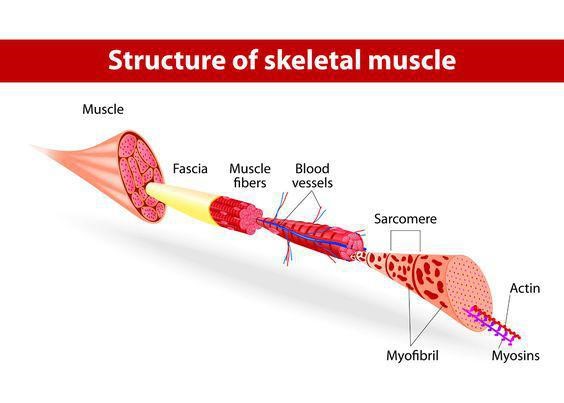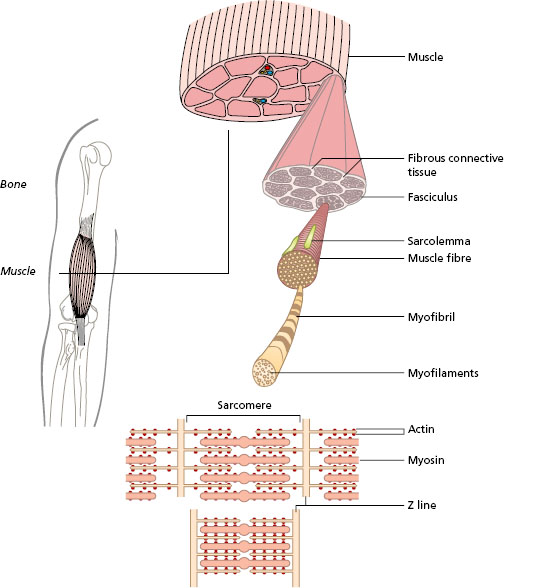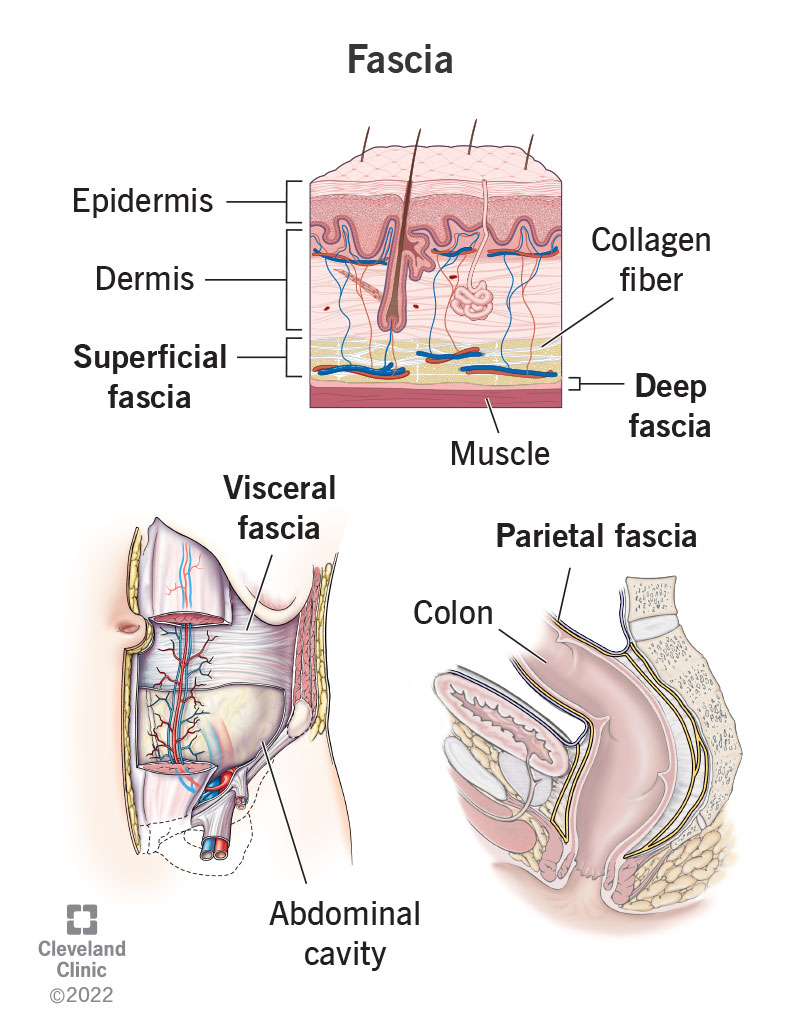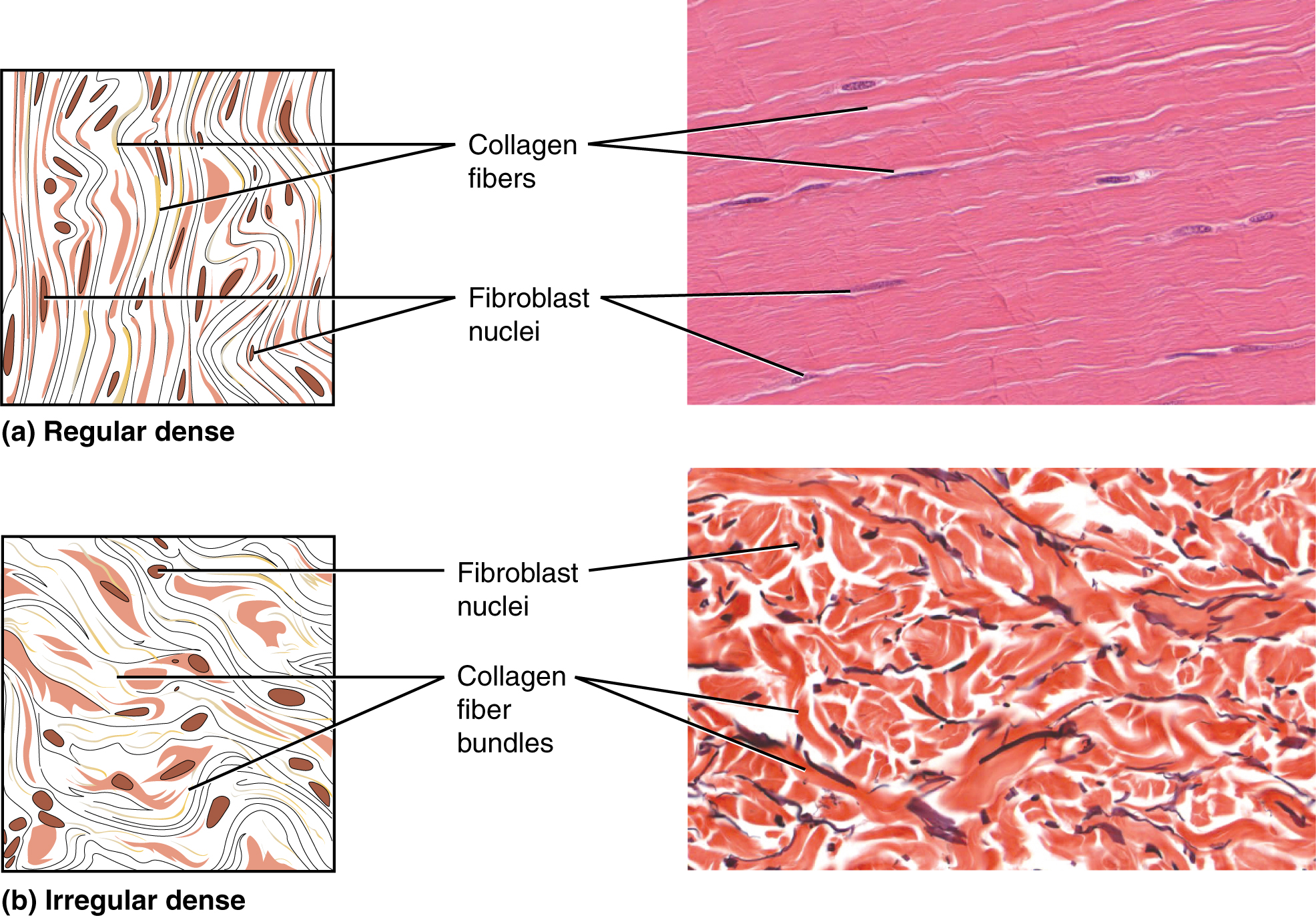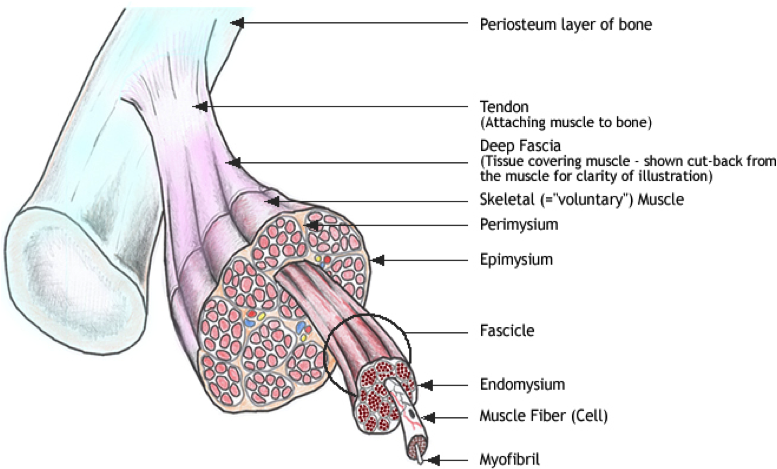
3 Muscle organization. The muscles are attached to bones at each end by... | Download Scientific Diagram

Extracellular matrix: an important regulator of cell functions and skeletal muscle development | Cell & Bioscience | Full Text

Anatomy In Motion - Connective Tissue: The Very Basics As the name implies, connective tissue serves a "connecting" function. It supports and binds other tissues. Unlike epithelial tissue, connective tissue typically has

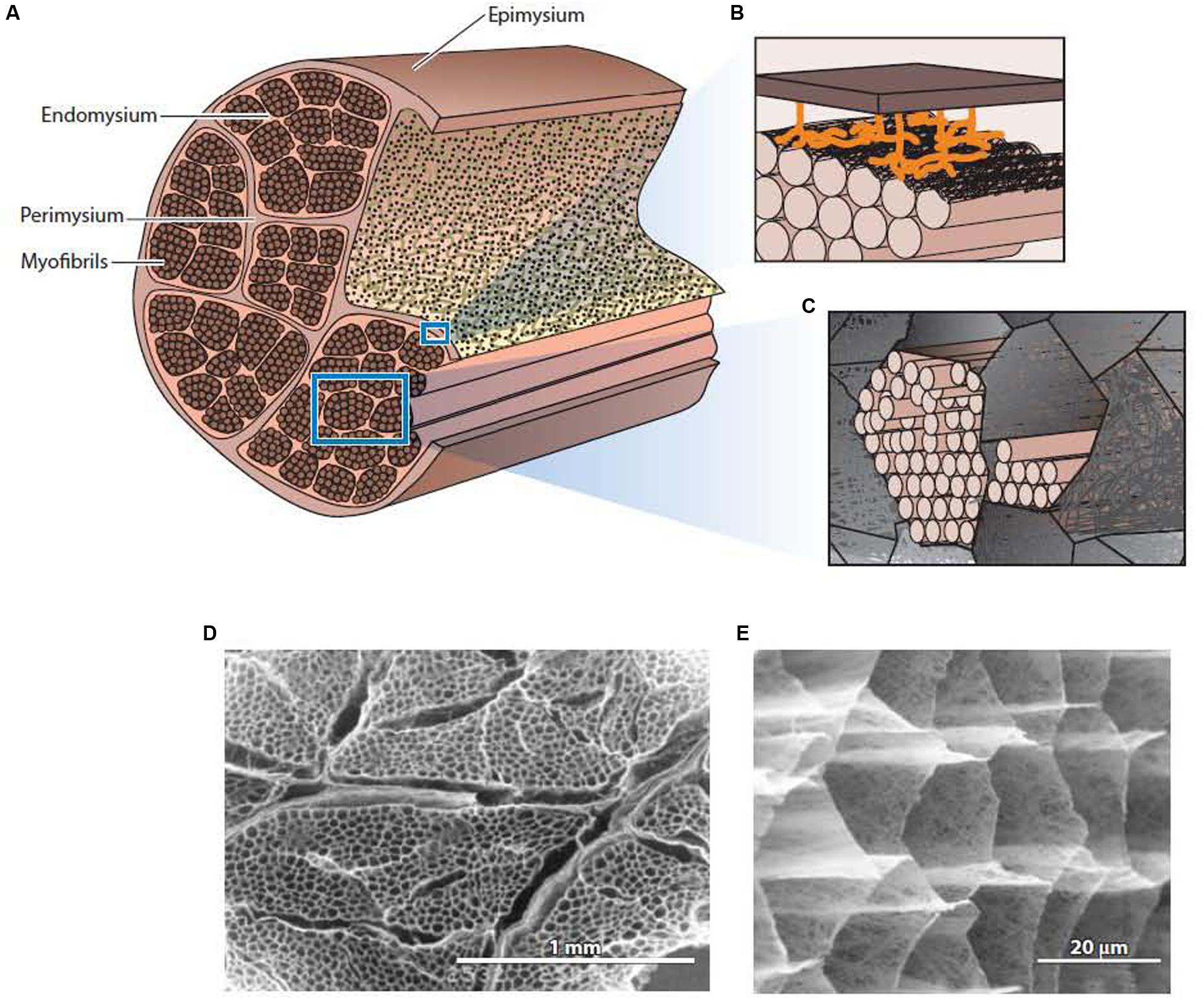
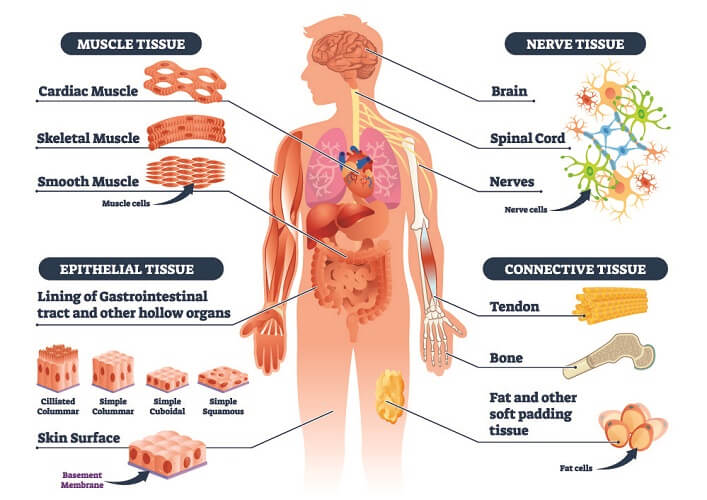
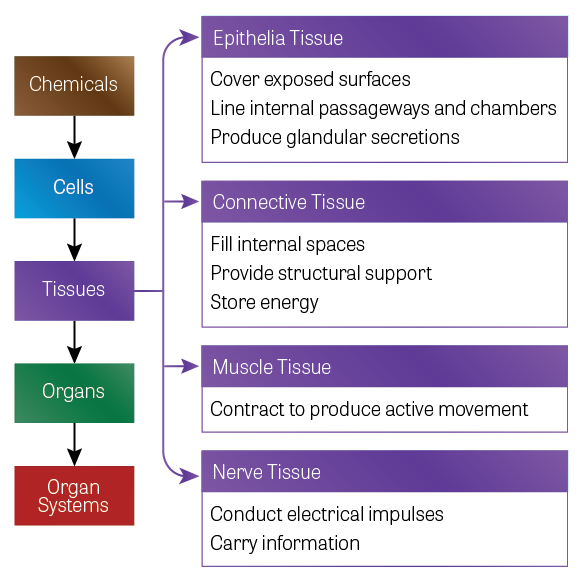

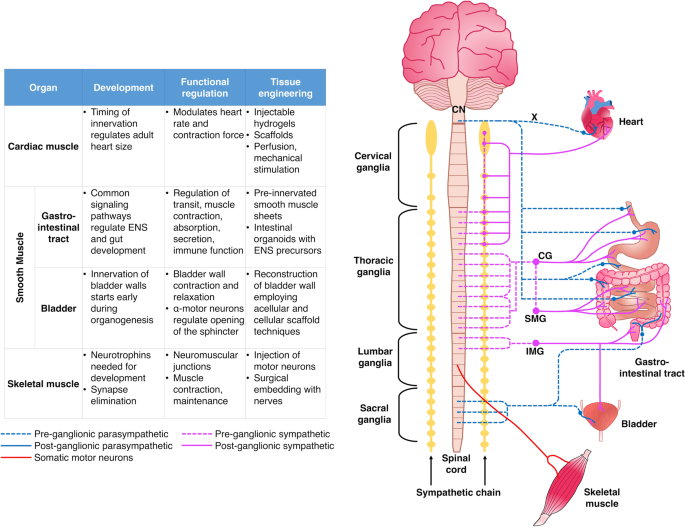


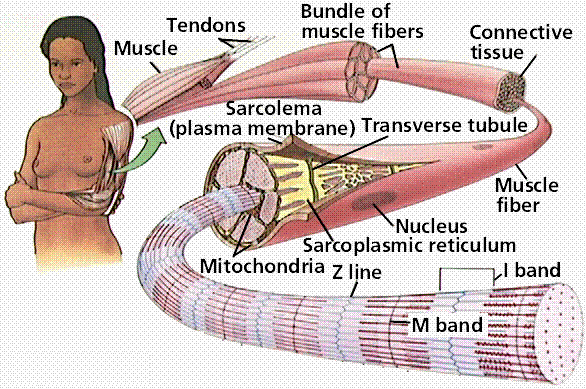
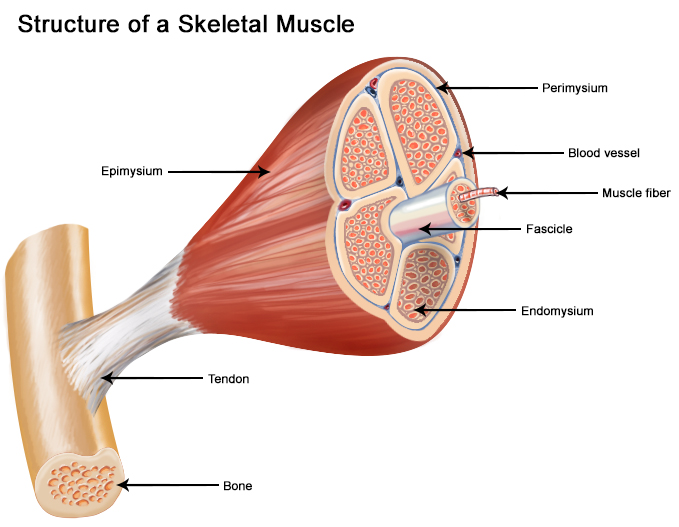
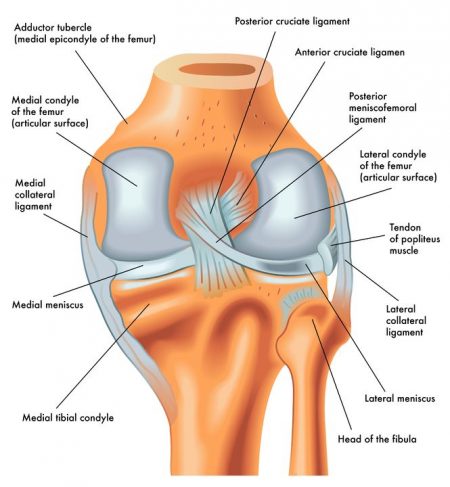


:watermark(/images/watermark_5000_10percent.png,0,0,0):watermark(/images/logo_url.png,-10,-10,0):format(jpeg)/images/overview_image/1829/qBHdEtst2yNDTPI2sUPSqQ_skeletal-muscle-tissue_english.jpg)
